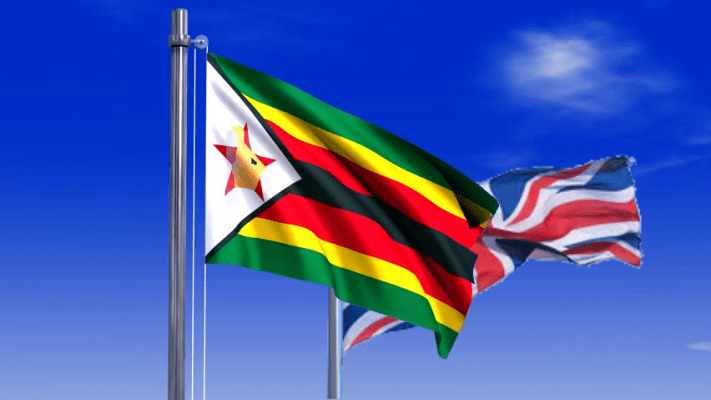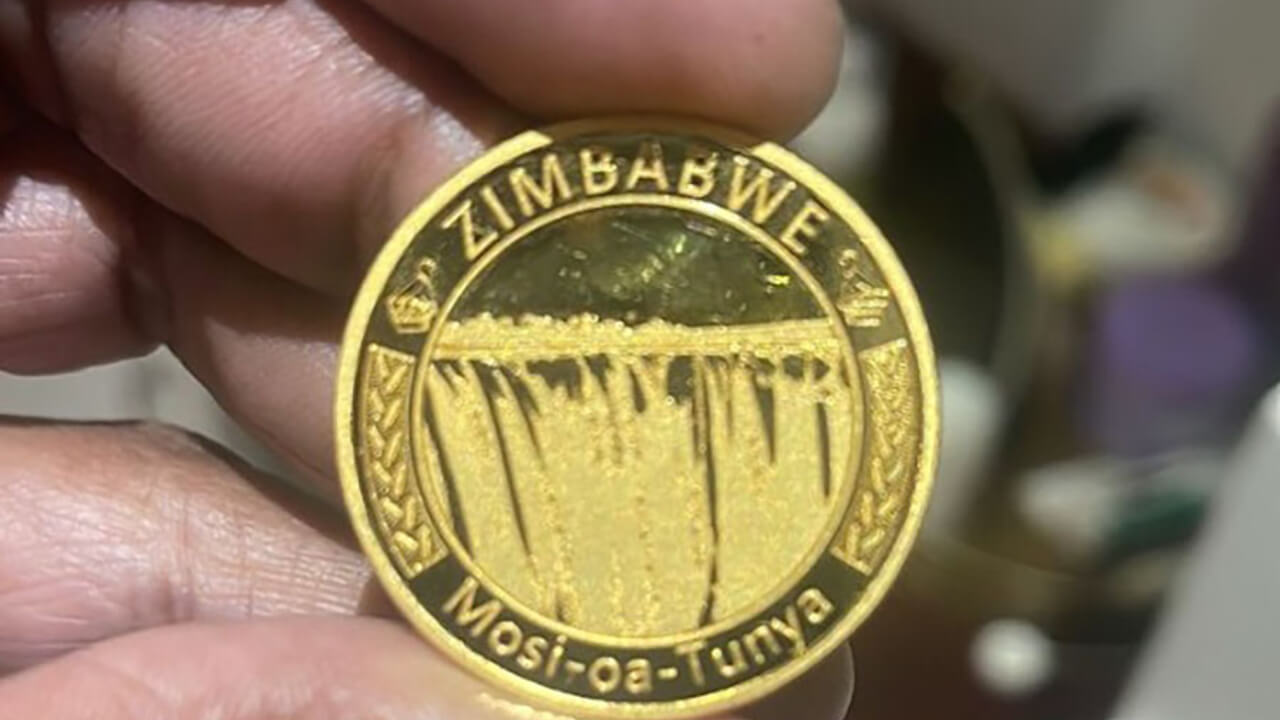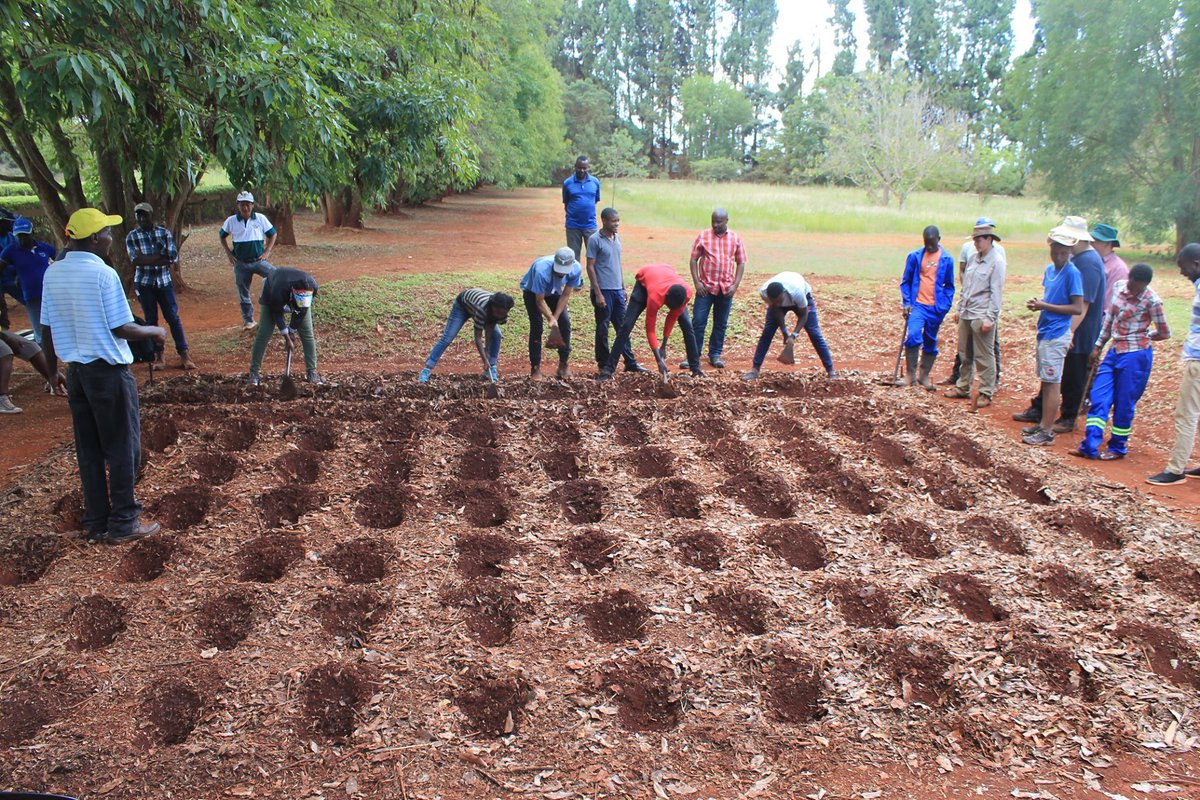Intwasa/Pfumvudza inputs distribution to end this month
THE distribution of inputs under the Climate Proofed Presidential Input Scheme popularly known as Intwasa/Pfumvudza is expected to be complete by the end of this month with 4 610 636 plots having been prepared so far.
The number of prepared plots marks an increase from last season’s figure of 2 304 417 while 2 707 064 farmers have been trained, compared to 2 071 627 last season.
The aim of the programme is to achieve food, stock feed and oilseed self-sufficiency from a total of 3 950 283 hectares are expected to yield a total of 4 928 260 tonnes.
The inputs are being distributed to match agro-ecological zones’ requirements. Inputs distribution, registration, mobilisation and training of farmers are in progress while planting has commenced in some areas, with the Government looking into concerns raised by farmers over the high prices of inputs, especially fertiliser.
In her post-Cabinet briefing yesterday, the Minister of Industry and Commerce Dr Sekai Nzenza who was standing in for Information, Publicity and Broadcasting Services Minister Monica Mutsvangwa, said the sources of funds for the production of the major crops are the Pfumvudza/Intwasa programme, the National Enhanced Agricultural Productivity Scheme (NEAPS), Agricultural Rural Development
Authority (Arda), the private sector and self-financing.
NEAPS comprising CBZ Agro Yield and AFC Holdings, which makes up about 23 percent of the financing.
The AFC Scheme is targeting 357 000 tonnes of maize, soya beans, sunflower and traditional grains from 65 000 hectares.
Minister Monica Mutsvangwa
“The Grain Marketing Board (GMB) is receiving and distributing Pfumvudza/Intwasa inputs to farmers, and is targeting to have completed distribution by 30 November, 2022. To date, 54 percent of the maize seed has been received by GMB depots of which 68 percent has been distributed to beneficiaries, while 47 percent of the received traditional grains have been distributed,” she said.
Dr Nzenza said 79 percent of the basal and top-dressing fertilisers received have been distributed while adequate transport for movement of all inputs to wards has been mobilided.
“A total of 4 610 636 Pfumvudza/Intwasa plots have been prepared and this is a significant increase from last season’s 2 304 417 Pfumvudza/Intwasa plots while 2 707 064 farmers have been trained compared to 2 071 627 trained last season,” she said.
Grain Marketing Board (GMB)
Dr Nzenza said 15 329 Farmers’ field schools have also been established. She warned those involved in corruption and violence at the inputs distribution centres, saying the law will soon catch up with them as investigations were in full swing.
“Incidents of corruption and violence at input distribution points are under investigation. The composition of distribution committees has been expanded and security enhanced at the centres to curtail such practices and the public is urged to quickly report any incidents they may come across to authorities in their area,” said Minister Nzenza.
She said the total area planted under cereals stands at 13 907 hectares for maize, 270 hectares for sorghum and 147 hectares for pearl millet while distribution of cotton inputs is underway, with 540 000 households targeted for support under the Cotton Pfumvudza/Intwasa programme.
“The area planted under tobacco has marginally increased to 29 805 hectares compared to 28 648 hectares planted during the same period last season. Arda has planted 12 539 hectares out of the targeted 50 000 hectares.
Dr Nzenza said cumulative grain (maize, wheat, soya beans and traditional grains) sales since April this year stand at about $24,5 billion.
The private sector has purchased 145 489 tonnes of maize of the 345 000 tonnes purchased so far.
Grain
“This is in line with the Government policy that contractors should directly finance the production of at least 40 percent of their grain requirements as per the Value-Chain Financing Policy. Social Welfare distribution allocation now stands at 24 295 tonnes per month for the period October to December 2022, and will increase during the lean period of January to March, 2023,” said Dr Nzenza.
“In general, the grain situation shows that the country is food secure.”
In terms of livestock, Dr Nzenza said a total of 261 435 chickens and 3 332 goats have been distributed under the Presidential Rural Poultry and Goat schemes respectively.
Last week the Bulawayo Minister of State for Provincial Affairs and Devolution Judith Ncube launched the Peri-Urban President Poultry Scheme at Mazwi Hall in Ward 17 where 10 000 chicks of the targeted 32 000 for Bulawayo metropolitan province were distributed to 1 000 farmers.
Minister Judith Ncube
Dr Nzenza said a total of 368 boreholes have been drilled under the Presidential Borehole Drilling Programme across the country with a set target of 35 000 boreholes by the year 2025.
This year, Government is targeting to drill 5 000 boreholes with more than 200 having been drilled. — Chronicle.cl.zw











